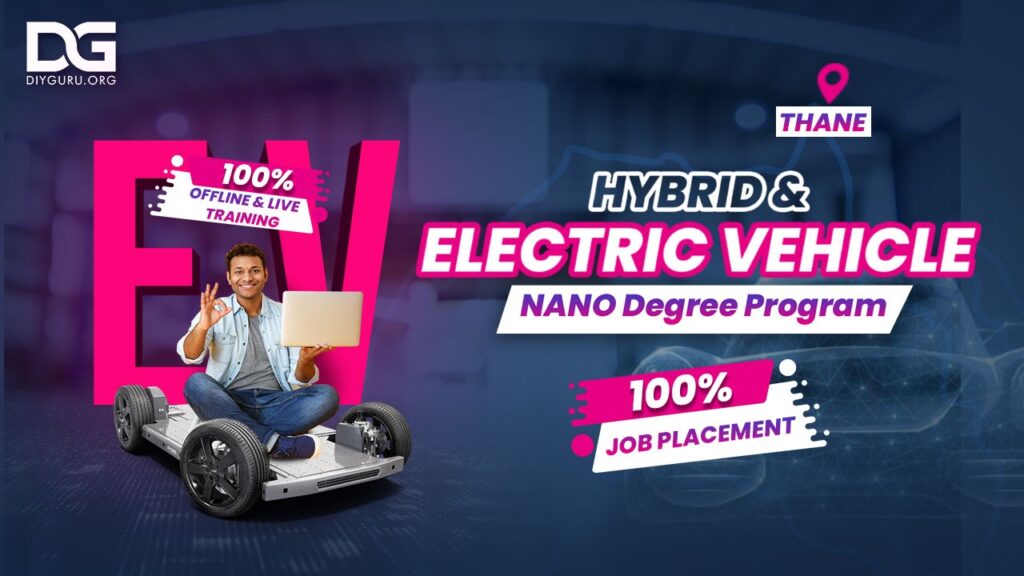Exploring the intricacies of Lithium-ion batteries and their crucial role in Electric Vehicle (EV) charging.

Introduction
As the world continues to grapple with environmental concerns and the need for sustainable energy solutions, electric vehicles (EVs) have emerged as a promising alternative to traditional gasoline-powered cars. At the heart of every EV lies a critical component: the lithium-ion battery. In this blog, we will delve into the intricacies of lithium-ion batteries and their relationship with EV charging, shedding light on the technology that is driving the future of transportation.
The Lithium-ion Battery: A Brief Overview
Lithium-ion batteries have become the go-to power source for portable electronics, and their use has extended to electric vehicles due to their high energy density, long cycle life, and relatively low maintenance requirements. Understanding the basic structure of a lithium-ion battery is essential to comprehend its role in EVs.
Anode: The anode (negative electrode) is typically made of graphite and serves as the host for lithium ions during charging.
Cathode: The cathode (positive electrode) is composed of various materials, often lithium cobalt oxide (LiCoO2) or lithium iron phosphate (LiFePO4), which stores lithium ions during discharge.
Electrolyte: Sandwiched between the anode and cathode is the electrolyte, which allows the movement of lithium ions between the two electrodes during charging and discharging.
Separator: A separator physically separates the anode and cathode to prevent short circuits while allowing ions to pass through.
Charging Lithium-ion Batteries
Charging a lithium-ion battery involves the movement of lithium ions from the cathode to the anode. This process occurs in stages:
Constant Current (CC) Stage: In the initial phase of charging, a constant current is applied to the battery. This stage quickly replenishes the battery’s charge, pushing lithium ions into the anode.
Constant Voltage (CV) Stage: As the battery approaches full capacity, the charger switches to a constant voltage mode. During this phase, the voltage remains steady while the charging current decreases gradually.
Trickle Charge: Once the battery is nearly full, a trickle charge maintains the battery at 100% capacity to compensate for self-discharge.

EV Charging and Lithium-ion Batteries
Now, let’s explore how lithium-ion batteries and EV charging are intricately linked.
- Charging Speeds:
Level 1 Charging: This is the slowest charging option, typically using a standard household outlet. It’s ideal for overnight charging.
Level 2 Charging: Common in residential and commercial settings, Level 2 chargers provide faster charging than Level 1.
DC Fast Charging: Found at public charging stations, DC fast chargers can charge an EV rapidly, often within 30 minutes to 1 hour.
- Battery Health:
Lithium-ion batteries degrade over time, and the rate of degradation can be influenced by how you charge your EV. Avoiding extreme states of charge (very low or very high) and minimizing the time spent at high states of charge can extend battery life.
- Charging Infrastructure:
The growth of EVs necessitates an expansion of charging infrastructure, including home chargers, workplace chargers, and public charging stations. This infrastructure development is vital for widespread EV adoption.
- Range Anxiety:
Lithium-ion batteries dictate an EV’s range, and improving battery technology is crucial for alleviating range anxiety, making EVs more attractive to consumers.
Conclusion
Lithium-ion batteries are the heart of electric vehicles, and understanding how they work and how they are charged is vital for both EV owners and enthusiasts. As technology continues to advance, lithium-ion batteries are likely to become more efficient and affordable, further propelling the adoption of electric vehicles. Moreover, the growth of EV charging infrastructure will play a pivotal role in the transition to a greener, more sustainable transportation system. As we move forward, staying informed about these developments is key to shaping a cleaner, more eco-friendly future. If you’re interested in electric vehicles and lithium-ion batteries, consider seeking out electric vehicle training programs to gain a deeper understanding of this technology and its impact on the automotive industry.





